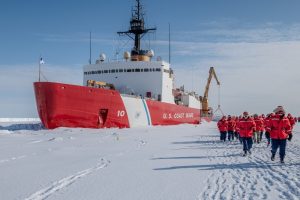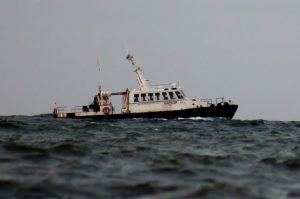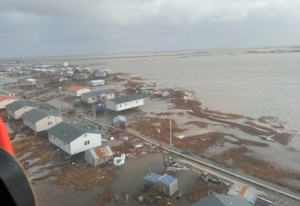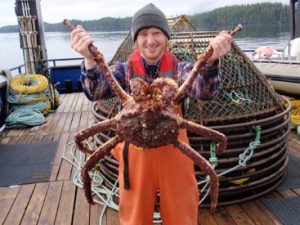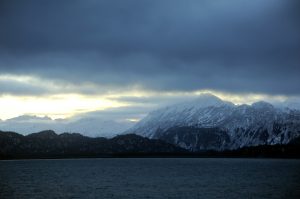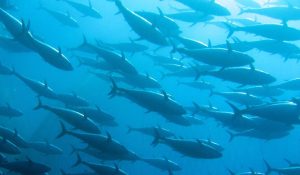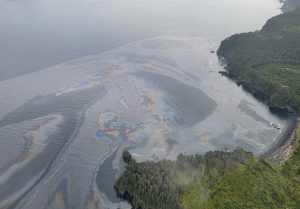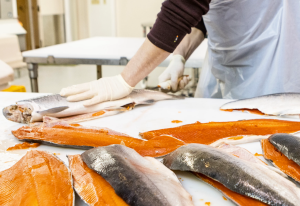Dual Engine Failure Turns into Five Day Ordeal for F/V Great Pacific
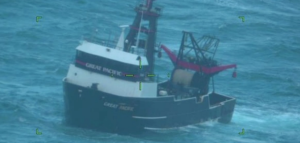 On October 27, 2025, the F/V GREAT PACIFIC, a 134-foot U.S. fishing trawler carrying five crew members, lost power approximately 100 miles south of Yakutat, Alaska. The vessel suffered a broken drive shaft, leaving it dead in the water and adrift in rough 30-foot seas.
On October 27, 2025, the F/V GREAT PACIFIC, a 134-foot U.S. fishing trawler carrying five crew members, lost power approximately 100 miles south of Yakutat, Alaska. The vessel suffered a broken drive shaft, leaving it dead in the water and adrift in rough 30-foot seas.
The crew contacted the U.S. Coast Guard, which dispatched the USCGC JOHN WITHERSPOON to assist. On October 29th, the U.S. Coast Guard cutter successfully took the disabled fishing vessel in tow. However, as the USCGC JOHN WITHERSPOON towed the F/V GREAT PACIFIC near Kayak Island, the Coast Guard cutter itself suffered a main engine failure. Unable to maintain the tow, the cutter was forced to release the tow line, leaving the F/V GREAT PACIFIC unmanned and adrift in the Gulf of Alaska.
All five crew members were evacuated by the U.S. Coast Guard, but the F/V GREAT PACIFIC drifted without anyone aboard for five days across the Gulf of Alaska. During this period, the Marine Exchange of Alaska operations center in Juneau monitored the vessel’s movements closely, tracking its position and alerting other ships around the drifting vessel.
 Maritime Injury Law Blog
Maritime Injury Law Blog



